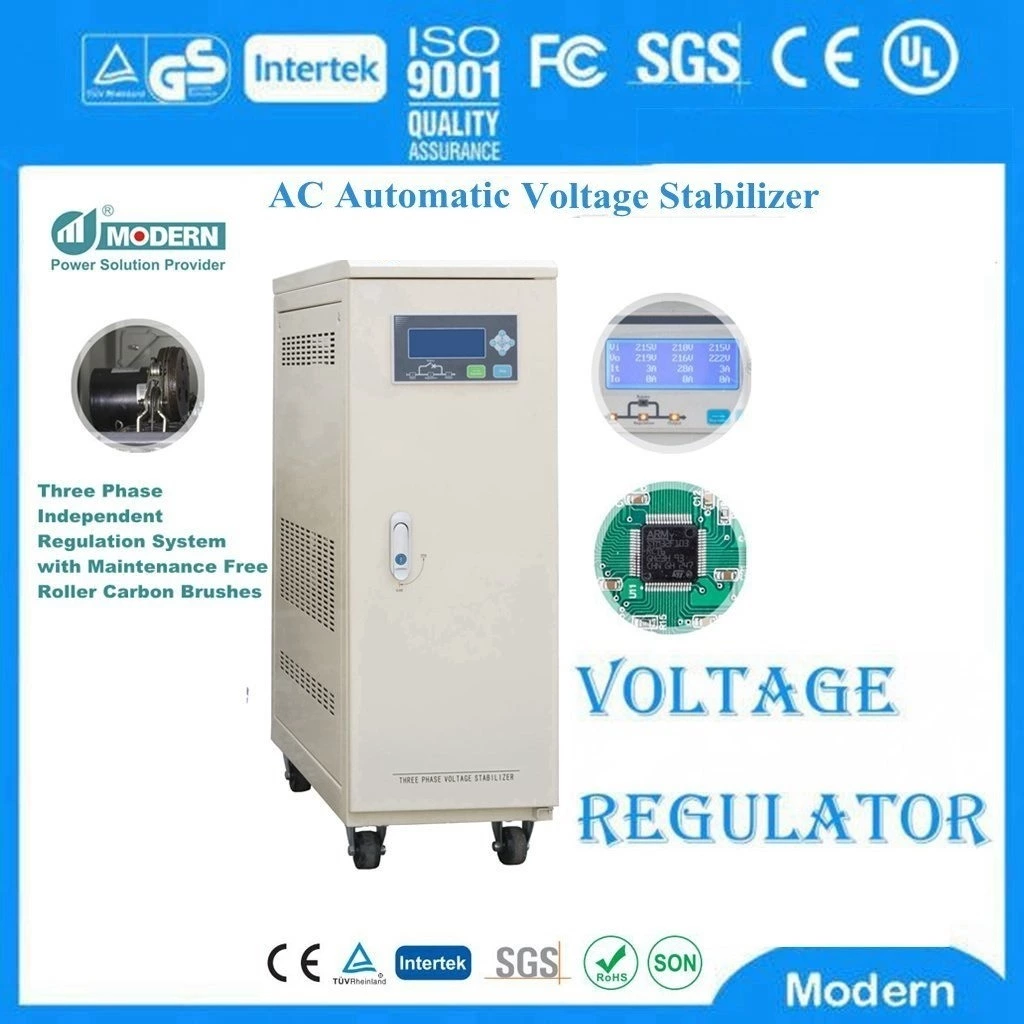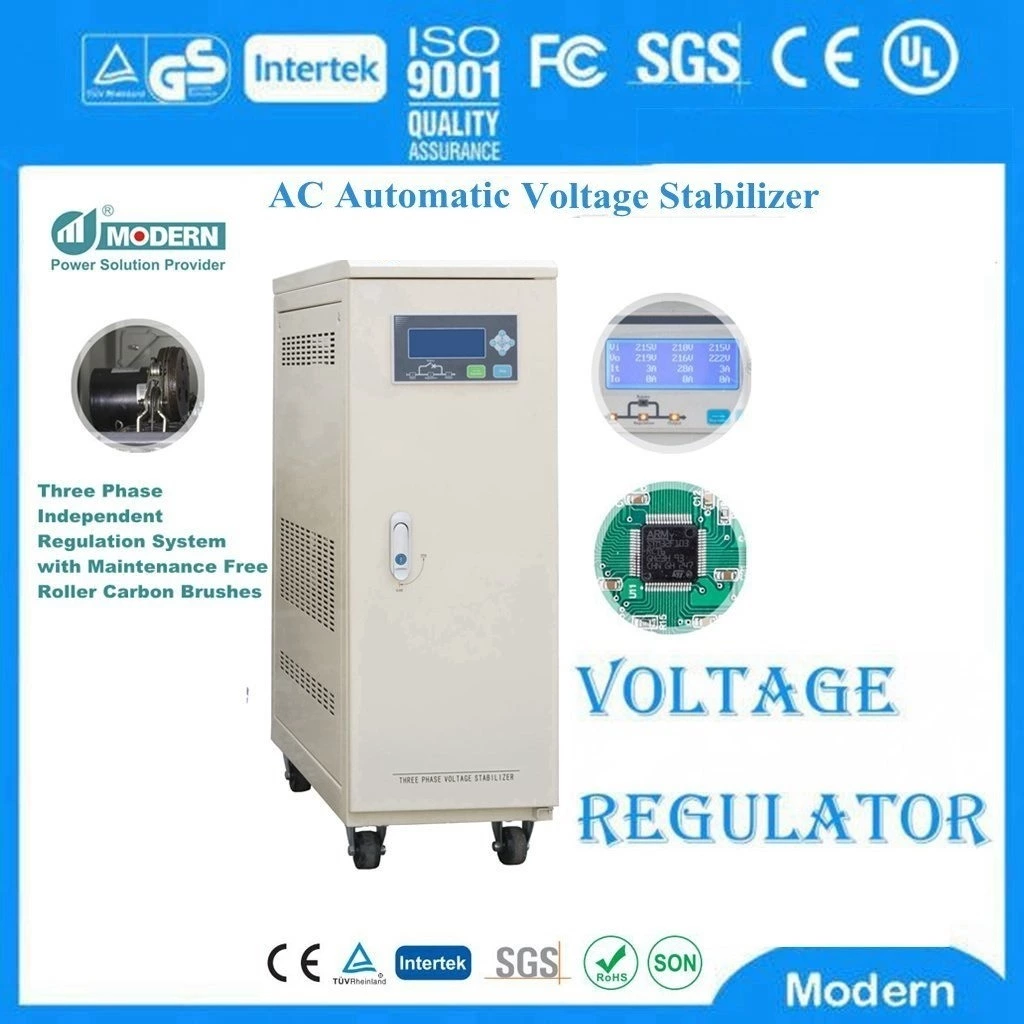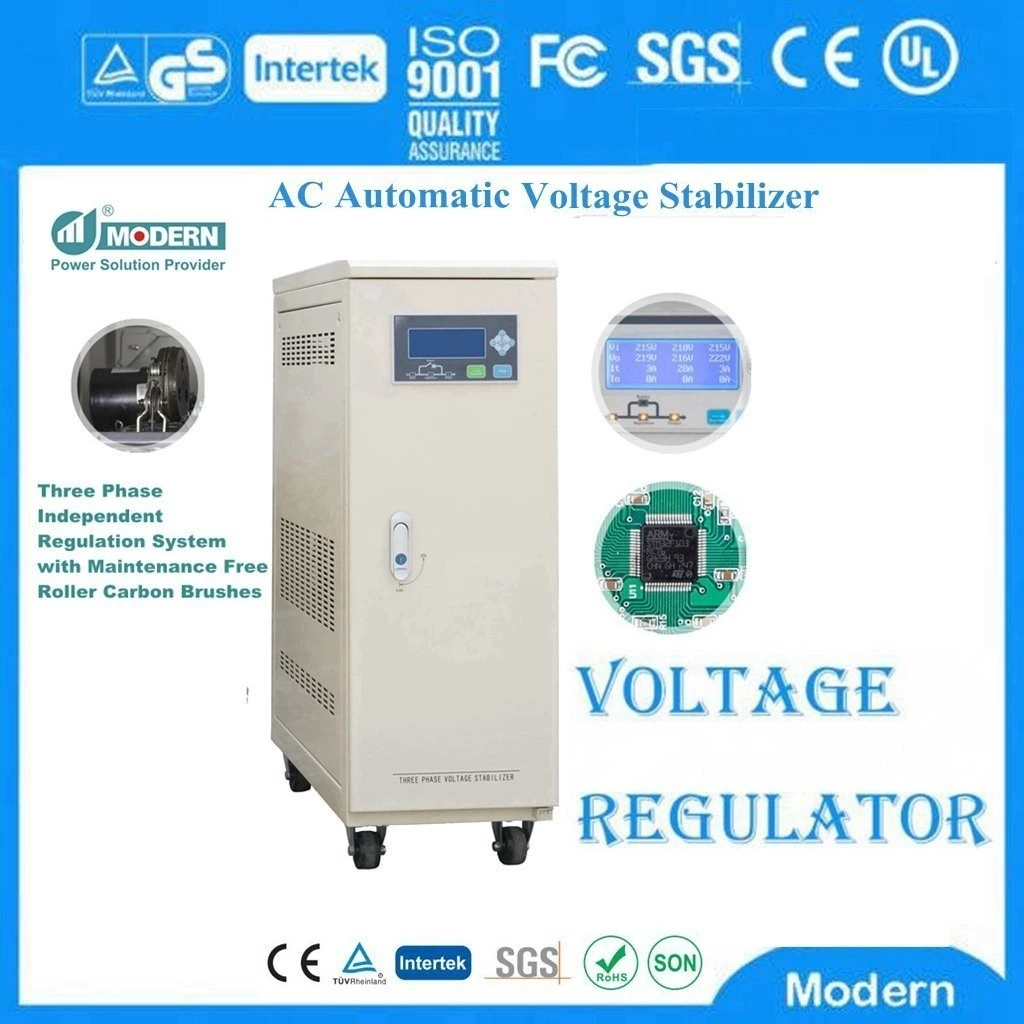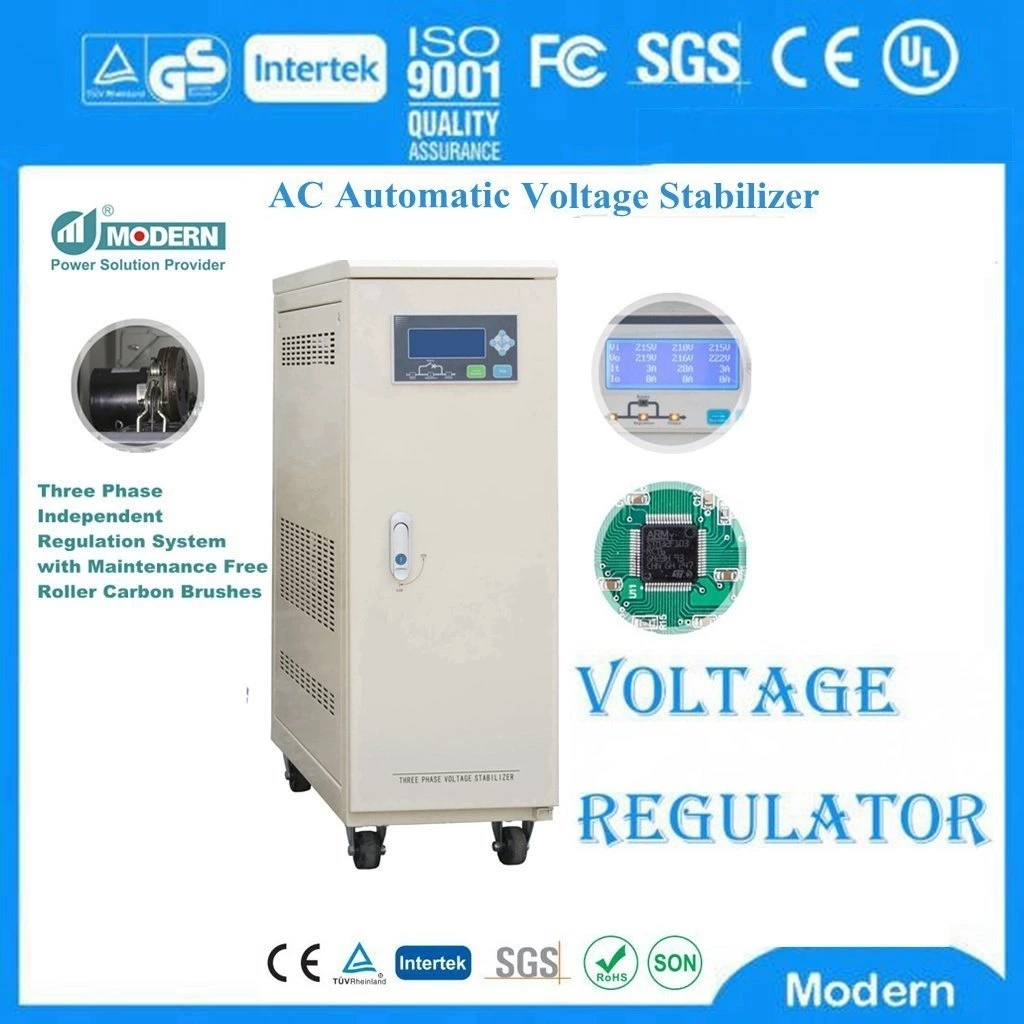Glossary of Power Conditioning Technologies
There are many products offered to address power quality problems. Some devices such as the surge arrestor are very good at providing protection against a specific problem, while devices like power conditioners can provide protection from a wide variety of problems. The following is intended to provide a brief overview of many of the most common products used for power quality protection.
Use the links below to jump to the topic of interest
| Autotransformer Battery (Backup) Buck-Boost Transformer Constant Voltage Transformer (CVT) Electronic Tap Changer Ferroresonant Transformer Harmonic Filtering Inverter Isolation Transformer | Line Conditioner Line Isolation Mechanical Tap Changer Power Conditioner Primary Rectifier Secondary Sag Ride-Through | Surge Arrestor (Suppressor) Tap Changing Taps TVSS Uninterruptible Power Supply - UPS Voltage Regulation Voltage Regulator Voltage Stabilizer |
Autotransformer
Autotransformers, unlike an isolation transformer, have the primary and secondary coils built on a common core and offer virtually nothing in terms of power conditioning unless they integrated into a voltage regulator or power conditioner. They are an inexpensive means to change one voltage into another (e.g. convert 208V to 120V).
Battery(Backup)
A battery is an energy storage device. The heart of the UPS is its battery or batteries. Batteries are of the dry-type (sealed) lead acid batteries and wet-type (open) lead acid or nickel-cadmium batteries. All batteries have a finite life (discharge/recharge cycles) that are analogous to a loaf of bread. The loaf can be cut into many thin slices (moderate discharge) or fewer, thicker slices (deep discharge). Batteries in power conditioning devices provide electrical backup in the event of an interruption, however they come with a relatively high cost, limited correction time capacity and short life.
Buck-Boost Transformer
Typically a small, dry-type transformer with a dual voltage primary and a dual voltage secondary. Output voltage can be bucked (decreased) or boosted (increased) by by 5 to 20% by de-energizing the system and manually changing the internal wiring to the unit. These units are good for adjusting output voltage levels when the input voltage remains fairly constant. Having no automatic voltage adjustment capabilities, buck-boost transformers offer no capability to correct power quality problems, other than seasonal voltage fluctuations.
Constant Voltage Transformer (CVT)- See Ferroresonant Transformer
Electronic Tap Changer
Also known as electronic tap switchers, electronic tap changers have all of the taps of an isolation or autotransformer connected to the output through SCRs (Silicon Controlled Rectifier) that act as switches so that only one tap is connected to the output at any given time. Incoming voltage sensors feed information to a microprocessor that controls the SCRs to control the output voltage.
Also known as electronic voltage regulators or power conditioners, these units offer very fast voltage correction because they have no moving parts and can jump from one tap to any other tap non-sequentially. Because of the SCRs and the electronic controls, these units some versions of these units may have limitations on overload capacity and power factor.
Ferroresonant Transformer
The "ferro" or CVT works by having a portion of its core in a saturated condition. Transformers create a magnetic field, or flux, that is function of the voltage applied. To a large extent, the magnetic flux is more or less proportional to the voltage except at the high or low voltage extremes. At these extremes, a relatively large change in voltage will result in little change in the magnetic flux, with the high voltage extreme described as being the "saturation" region. An analogy would be that of having a very large tank of water with a small outlet pipe at the bottom. As the water flow into the tank changes, the the flow of water out of the small pipe remains fairly constant due to the large volume of water in the tank.
The majority of ferros are used in applications below 1.5 kVA, although there are models up to 25 kVA.
Ferros can provide good noise attenuation and are very reliable. On the downside, ferros can add significant harmonic distortion, have a serious problem with high inrush currents (>170%), have very poor efficiency at less than full load and tend to be very hot and noisy in operation.
Harmonic Filtering
Harmonic filtering is removal of harmonics from incoming power. Passive filters are designed (tuned) to remove harmonics of specific frequency and amplitude but will provide little protection if the harmonic's characteristics change. Active filters (compensators) analyze the incoming power for deviations from the desired waveform. When a harmonic is detected, the unit superimposes a signal upon the waveform that is the opposite of the harmonic which then cancels out the harmonic. Passive filters are relatively inexpensive but have limited use. Active filters are expensive and are used in special circumstances where harmonics have become a problem. In most cases, harmonics are reduced to tolerable levels through isolation transformers or other power conditioning devices.
Inverter
A device that converts DC power to AC power. A basic component of the UPS and some other power conditioners. In and of itself, an inverter has no power conditioning capability.
Isolation Transformer
A transformer wound such that each winding is electrically isolated from the other windings, e.g., current will not pass from one winding to the other winding by conduction. This isolation serves to reduce minor transients and noise in the input from being transmitted to the output. Isolation transformers are often fitted with shielding between the primary and secondary to further suppress noise and transients. These units are primarily used to step up or step down voltage and offer some protection from noise but little else in the way of power conditioning.
Line Conditioner
The term "line conditioner" is most commonly used to refer to a voltage regulator or power conditioner used in audio, video, graphics and computer applications. While a line conditioner typically serves the same purpose as a power conditioner, they tend to be for application at relatively smaller KVA ratings.
Line Isolation
Isolation between the primary and secondary sides of an isolation transformer.
Mechanical Tap Changer
Mechanical tap changers use a motor to drive mechanical components to change taps or otherwise alter the turns ratio. Generally, the motor moves a set of brushes or contactors from one position to another to physically engage each tap.
Mechanical tap changers can achieve very precise output voltage regulation ( < 1% ) and are relatively inexpensive. On the other hand, these types of units are very slow in making large voltage corrections because due to mechanical limitations and the necessity of changing taps sequentially. Modern electronic devices tend to require correction times that are much shorter than those that can provided by mechanical tap changers.
Power Conditioner
The term "power conditioner" in common usage refers to a voltage regulator that has capabilities other then simple voltage regulation. Frequently, power conditioners also provide varying degrees of line isolation, noise attenuation, surge suppression, harmonic filtering, phase balancing, etc.
Primary/Secondary
Primary refers to the input of a transformer and secondary refers to the output.
Rectifier
Input Range
A device that converts AC power to DC power. A basic component of the UPS and some other power conditioners. In and of itself, a rectifier has no power conditioning capability.
Sag Ride-Through
Sag ride-through products are devices designed to counteract (ride-through) electrical sags. Technologies to accomplish this can be divided into the energy storage type and the non-energy storage type.
The energy storage type devices store energy electrically or mechanically and discharge this energy to boost or completely augment the voltage when a sag occurs. These types of devices store energy in capacitors, batteries or rotating masses. These types of devices are expensive and have limitations on how long or frequently they can correct sags.
Non-energy storage type devices draw extra current from the system, even at extremely low voltages, to synthesize the voltage necessary to counteract a sag. These types of devices are substantially less expensive and some can provide sag correction without limitations on time or frequency of occurance.
Surge Arrestor (Suppressor)
Surge arrestors are generally metal oxide varistors (MOV) that clip (truncate) voltages above a predetermined threshold. Essentially a non-linear resistor, the surge arrestor is placed between a phase and ground. At normal voltage levels, the resistance of the surge arrestor is very high such that it negligible current flows to ground. At voltage levels above the threshold, the resistance of the surge arrestor becomes so low as to effectively create a short circuit, thereby diverting the damaging power of the surge to ground. Surge arrestors provide valuable protection against dangerous voltage levels.
Tap Changing
The process of changing taps on a transformer to adjust the output voltage.
To change the taps in a typical transformer, the unit must be de-energized and isolated, the unit opened and the wiring or cable physically moved from one set of taps to another set of taps. The units are known as off-load tap changers.
Units that can change taps while maintaining power to a load are known as on-load or on-line tap changers. Typically these are mechanical or electronic units.
Taps
The normal function of a transformer is to change an input voltage level to a different output voltage level, e.g., 480v to 208v. The voltage transformation ratio is determined by the numbers of "turns" on the primary and secondary sides of the transformer (turns ratio). Because the exact voltages in any given application can vary, transformers are frequently provided with "taps", that permit the turns ratio to be adjusted. A tap is simply an electrical connection to a transformer coil. By having taps above and below the nominal number of turns for a given coil, the turns ratio can be altered and the output voltage changed. With two 2.5% taps above and two below the nominal turns ratio, the output voltage can be adjusted by as much as ±5%.
TVSS
Transient Voltage Surge Suppressor. See Surge Arrestor.
Uninterruptible Power Supply - UPS
For small single phase applications, the uninterruptible power supply (UPS) is frequently the power conditioner of choice. The UPS can provide power conditioning as well as battery backup in the event of a power interruption. This permits time for ride through of the interruption or for the safe backup or shutdown of systems. The UPS has to be sized for the peak current required by the downstream devices and then for the length of time that full load current is required for system operation or shutdown. The physical size and cost of the UPS grow quickly as the size of the load and "battery time" increase. In large three phase applications, UPS can grow to room size units requiring sophisticated maintenance and monitoring systems to prolong the life of the batteries. Battery replacement in a UPS can be required in as few as 2 years, can run up to 65% of the initial cost of the unit, and depending on the battery type, can require special disposal of the old batteries.
UPS come in four basic versions: the standby (or off line), the line interactive, the ferroresonant and the double conversion.
The standby UPS only offers protection in the event of a long sag or an interruption. In its normal mode, the battery and inverter of the standby UPS are off, and the downstream devices operate off of unconditioned line power. When a sag or interruption occurs, a mechanical switch turns on the UPS so that it can provide power to downstream devices. Once the event is cleared, the UPS goes back into its standby charge mode. Many standby UPS also incorporate surge protection. These types of units are most frequently used to protect individual devices like workstations.
The line interactive works the same way as the standby UPS but adds the capability to provide some degree of voltage regulation (buck-boost) of the line power for the downstream devices.
The ferroresonant UPS replaces the buck-boost portion of the line interactive UPS with a ferroresonant transformer to provide a higher degree of power conditioning of the line power for the downstream devices.
The double conversion UPS provides the highest degree of power conditioning of any UPS. While the previous three types of UPS only utilize the batteries and inverter in the event of a sag or interruption, the double conversion UPS uses two inverters. This UPS takes incoming AC power, converts it to DC and then converts it back to AC power. In the event of a sag or interruption, the output inverter uses DC battery power to supply the load. The double conversion, with the backup provided by the batteries, can eliminate address many power quality problems, however this capability comes with a high first cost, operating cost and maintenance cost.
Voltage Regulation
One of the primary functions of voltage regulators and power conditioners is to maintain the voltage level seen by downstream devices within a certain set of limits. Typically, units will specify "input regulation" or "input range" and "output regulation". For example, one unit might have an input range of +10%/-25% and a regulation to ±5%. This means that if the incoming voltage is within the nominal voltage plus 10% and nominal voltage minus 25%, then the unit will regulate the voltage output to within the nominal voltage plus or minus 5%. If the nominal voltage is 480 volts, then as long as the input voltage is no higher than 528 volts and no lower than 360 volts, then the output voltage will be between 504 and 456 volts. Both input range and regulation will vary by manufacturer, technology and price range. Large input ranges and small regulation ranges tend to have higher price tags and vice versa. Most applications can be satisfied regulation of ±3 to 5%.
Mechanical tap changing voltage regulators frequently offer output regulation in the range of ±1/2 to 1%, however these types of units have a significantly slower response time than other technologies.
Voltage Regulator
A voltage regulator, as the name implies, regulates voltage. Incoming voltage to the regulator is adjusted such that the output voltage level falls within a certain range.
Voltage Stabilizer
The the British equivalent of the Voltage Regulator.
 Русский
Русский
 Français
Français
 Português
Português
 Español
Español
 اللغة العربية
اللغة العربية







